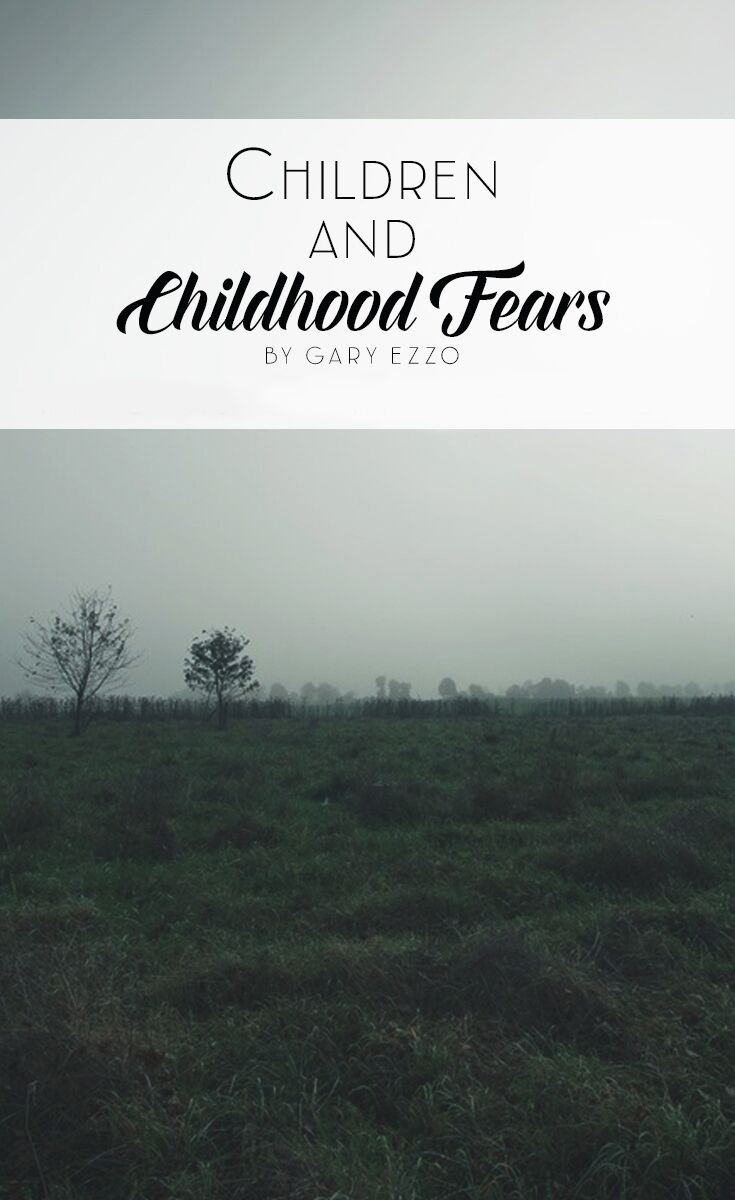 How old were you when you first saw the ghoulish monkeys dispatched by the wicked witch of the west to pick up Dorothy and her dog, Toto? Do you remember the scene of winged monkeys spreading the gentle Scarecrow “here, there, and everywhere”? These scenes from the movie, The Wizard of Oz, when observed by this writer, were some of the most frightening scenes that a twelve-inch black-and-white screen could project to the pounding heart of an eight-year-old boy.
How old were you when you first saw the ghoulish monkeys dispatched by the wicked witch of the west to pick up Dorothy and her dog, Toto? Do you remember the scene of winged monkeys spreading the gentle Scarecrow “here, there, and everywhere”? These scenes from the movie, The Wizard of Oz, when observed by this writer, were some of the most frightening scenes that a twelve-inch black-and-white screen could project to the pounding heart of an eight-year-old boy.
Fear! It is part of the overall human experience and not simply a childhood phenomenon. Some childhood fears might appear irrational, even silly, to parents because they do not arise from any real external danger, but they are very real to your child and should be respected as such. Although the cause of fears may not always be discovered, we know there are general categories of fear that children experience. Knowing the origin of fears may not always eliminate them, but it may lead parents to better management and reduction of fearful stimuli. Consider these sources:
Natural Fears—In spite of the fact that fears vary from child to child, there is evidence that certain fears are characteristically found at specific ages. These are referred to as “typical fears.” Many fears are learned from direct association of experiences with fearful stimuli. The most frequently displayed fears for children come from animals such as dogs, snakes, and rats. These are followed by the fear of strange people, being left alone, and dark or high places.
Fear of the Unfamiliar—Among the primary fears of young children is the fear of the strange and unfamiliar (strange from the point of view that something stands apart from the child’s previous experience). It could be a person, event, situation, or activity. This type of fear takes place because young children do not have cognitive tools to adequately measure the legitimacy of their fear and thus lack the ability to understand the cause and effect associated with fearful situations. For example, a child with an ice-cream cone may not understand that it was the food that attracted the neighbor’s puppy and not a wolf-like desire to devour the child. Yet the fear, although misplaced, is still very real in the mind of the child.
Developing Imagination—Imagination can also create fearful expectations, especially when the imagination develops faster than the child’s reasoning abilities. Imaginary fears include ghosts, skeletons, bogeymen, or any combination of the above.
False Beliefs—Some fear is the result of bad experiences, such as the fear of the dentist or the hospital or a visit to the doctor’s office. The frightening experience becomes an expected reality and thus apprehensiveness occurs. Your child will even react with fear to a new situation that in and of itself, normally would not arouse fear. Other fears are passed on to children by the false beliefs of their parents, siblings, and friends.
Parental Anxiety—Parents sometimes unwittingly arouse fears in their children and introduce attitudes of apprehension by their own overprotective anxiety. Constant warnings of restraint such as “Be careful, you’re going to fall down,” “Don’t pet the dog or he will bite,” “Don’t climb in the tree or you will fall and break your leg,” or “Don’t go by the road you might get hit by a car” might keep a child in an atmosphere of fear and continuous dread. Note the operative word above is constant. Of course there will be times in which you might say all of the above. This is not the same as constant warnings of danger that place a child in a perpetual state of anxiety about his own welfare.
In Part Two of this blog we will work through how to manage and help children overcome fear.
Used with permission from Growing Families International. This article can be found at www.growingfamiliesusa.com.




Leave a Reply